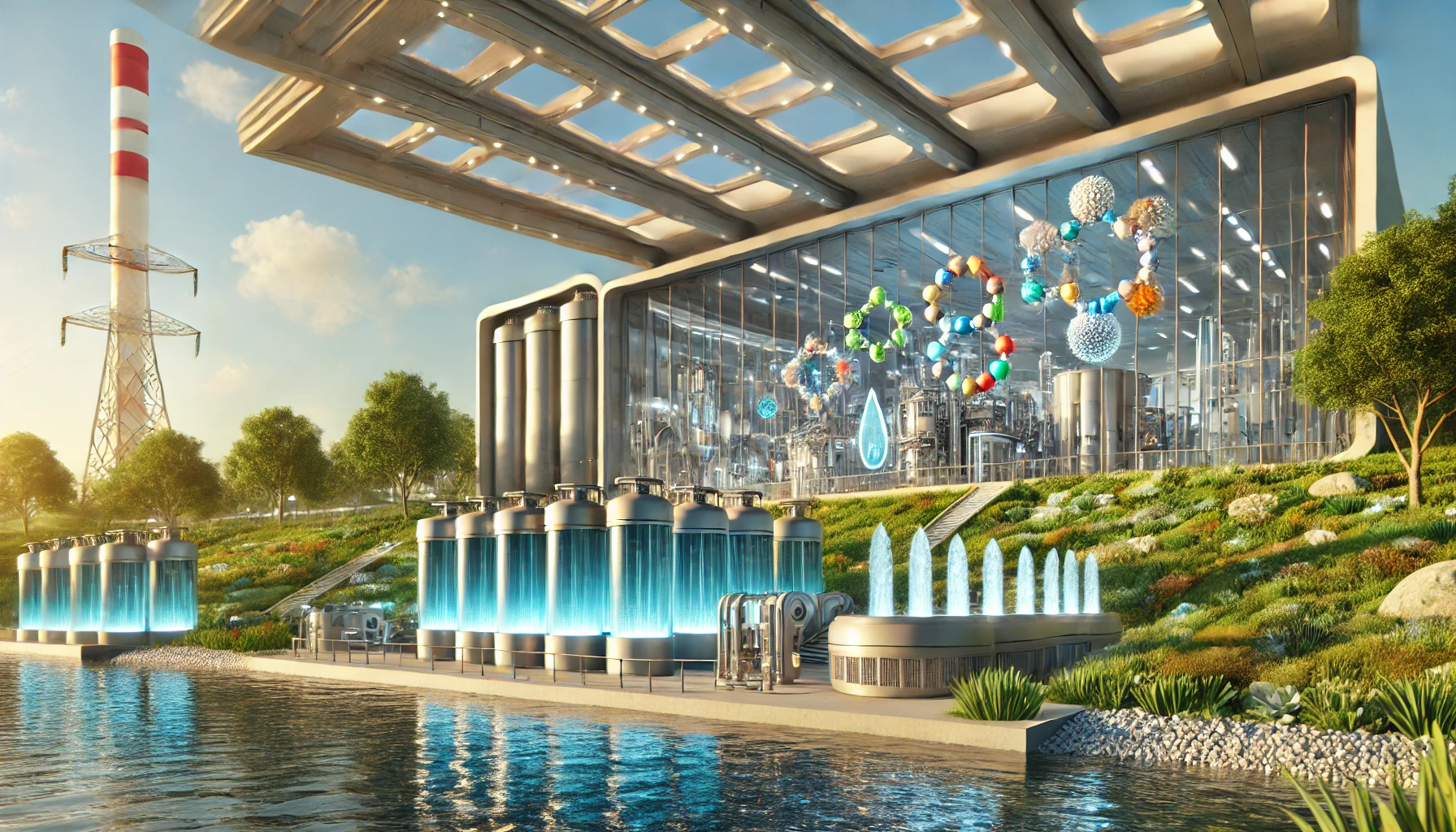Revolutionizing Global Water Purification with Cutting-Edge Supramolecular Macrocycles
Researchers are exploring supramolecular macrocycles for advanced water treatment, offering high selectivity and efficiency in removing pollutants. These innovative materials show promise in addressing global water challenges and improving environmental sustainability.

Researchers from Anhui University of Technology, Tiangong University, Nanjing University, and the University of Baltistan have delved into the potential of supramolecular macrocycles in advancing water treatment technologies, focusing on their high selectivity and reversibility for specific ions and molecules. These macrocyclic structures, which include crown ethers, cyclodextrins, calixarenes, and pillararenes, have garnered attention for their stability, adaptability, and ease of modification, offering a promising solution to global water challenges, particularly in pollutant removal and the sustainable exploitation of non-conventional water sources like seawater and brackish groundwater.
Addressing the Global Water Crisis with Innovative Solutions
As the world grapples with increasing water scarcity exacerbated by climate change and population growth, the need for innovative water treatment methods has never been more pressing. Traditional methods often struggle with the removal of emerging micropollutants, such as hormones, pharmaceuticals, pesticides, and industrial agents, which even in trace amounts can pose significant threats to human health and the environment. The economic and environmental costs associated with conventional water treatment materials have driven the search for more affordable, eco-friendly alternatives that do not compromise on key physicochemical properties. In this context, the use of supramolecular macrocycles as porous materials in adsorption and membrane filtration technologies represents a significant advancement. These technologies are integral to water treatment processes, especially in the removal of contaminants from industrial effluents and the purification of drinking water.
Supramolecular Macrocycles: Precision Tools for Water Purification
Supramolecular macrocycles function as highly selective and reversible porous materials, making them ideal for adsorption and membrane filtration applications. Their ability to encapsulate various guest molecules through interactions such as van der Waals forces, electrostatic associations, and hydrogen bonds enables precise removal of a wide range of contaminants. For instance, cyclodextrins, which are composed of 6 to 12 D-glucopyranose units, feature hydrophilic exteriors and hydrophobic cavities that can encapsulate organic molecules, inorganic ions, and gases. This capability is particularly advantageous in addressing the challenges posed by micropollutants in water sources, which are increasingly contaminated by municipal, industrial, and agricultural effluents. Moreover, the macrocyclic structures’ inherent cavities and distinct properties allow for selective binding and recognition of guest molecules, further enhancing their efficacy in water purification processes.
Breaking New Ground in Membrane Technologies
In addition to their applications in adsorption, supramolecular macrocycles have also been integrated into membrane technologies to improve the selectivity and efficiency of filtration processes. Membrane separation techniques, favored for their cost-effectiveness, energy efficiency, and scalability, are increasingly being enhanced with macrocyclic hosts that improve membrane stability and selectivity. These enhanced membranes have been shown to be particularly effective in the selective separation of ionic and molecular pollutants, making them valuable in the treatment of industrial wastewater and the recovery of resources from polluted water sources. For instance, recent developments have seen the integration of cyclodextrins into membrane materials, resulting in membranes that demonstrate high permeate flux and exceptional removal rates for contaminants like methylene blue and various antibiotics. These advancements are particularly relevant in the context of wastewater treatment, where the removal of persistent organic pollutants and biomacromolecules such as proteins and nucleic acids is becoming increasingly critical.
Innovative Approaches for Emerging Contaminants
The potential of supramolecular macrocycles in water treatment extends beyond conventional pollutants to include emerging challenges such as the removal of steroid hormones from water systems. Innovative approaches have been developed, such as the creation of affinity membranes that utilize photodynamic disulfide linkages to regenerate their adsorption capabilities, thereby enhancing their longevity and efficiency. Such developments underscore the versatility and adaptability of macrocyclic materials, which are poised to play a significant role in the future of water treatment technologies.
The Future of Water Treatment: Challenges and Opportunities
However, challenges remain in scaling up these technologies for large-scale industrial applications. The durability, reusability, and contamination resistance of macrocyclic materials are critical factors that will determine their viability in real-world settings. Moreover, the scalability of membrane technologies tailored for water treatment is a significant challenge that must be addressed to facilitate their widespread adoption. The integration of computational tools, such as molecular dynamics simulations, is expected to play a crucial role in overcoming these challenges by enabling more precise predictions of material performance and guiding the design of optimal macrocyclic receptors for specific applications. As research in this field continues to advance, the potential for macrocyclic supramolecular chemistry to revolutionize water treatment technologies is becoming increasingly apparent. These innovations not only hold promise for improving environmental sustainability but also offer new opportunities for resource recovery and the development of more efficient and effective water treatment systems on a global scale.
- FIRST PUBLISHED IN:
- Devdiscourse










